Lone Worker Examples
An example of a lone worker can be found in nearly any industry you wish to look at. First, let’s define who fits the description of what a lone worker is.
A lone worker is anyone who works by themselves without direct supervision from someone at the same company; they are not in eyesight or in earshot of anyone supervising them.
The most public example of lone workers comes from a horrific PBS story titled Rape on the night shift detailing how an overnight cleaning staff member was abused and sexually assaulted while working alone. Overnight cleaners often work in isolation and if they do not have two-way communication tools available to them, they are highly vulnerable.
Example of a lone worker in the utility industry
In the utility industry, there are many different examples of lone workers including:
- Servicemen
- Meter readers
- Electricians
- Arborists & Brush control
It is important to group common risks for lone workers as well. In the examples of lone workers above, you’ll find that the different job roles have different and unique risks. For example, a meter reader will have a much greater risk of physical attack than someone who works on brush control, where the primary risk would likely be injury from heavy machinery or some sort of trip, slip, or fall.
Example of lone worker risks and technology
It is important for us to identify the risk groups so we can equip the lone workers with the appropriate technology to reduce the severity of the risk.
For example, the meter reader should have a lone worker device or lone worker app that has a discrete panic button. An arborist may not have as much need for a discrete panic button but may require a satellite GPS device with fall detection and no motion alerts.
Seven easy questions to determine which lone worker device solution will be best for your workers. Telelink has vetted lone worker satellite devices, lone worker apps, wearables, and more.
Other examples of lone workers
There are dozens of “regular” employees who could also be considered lone workers, too. For example, any of the millions of people who now work from home are technically considered lone workers.
Even though people who work from home are technically lone workers, they generally do not have a need for lone worker policies, procedures, or technology because their risk of an incident is simply too low and access to two-way communication is almost always readily available.
Telelink focuses on lone worker safety, not lone worker productivity. For organizations looking to monitor their lone workers who work from home, they are usually more interested in Tattler apps and productivity rather than lone worker safety. Telelink does not provide productivity services.

The safety of our employees is our #1 priority and a strong work alone program is a necessity. I have recommended Telelink to others.
Safety & Environment Coordinator, NL Hydro
Other examples of how to categorize lone workers
You can look for lone workers in each industry or you can start with the specific risk the lone worker faces. Here are five examples of lone worker risks:
- Lone workers who perform hazardous work away from the public: think of field service employees who work in remote locations, confined spaces or otherwise physically separated from their peers.
- Lone workers who travel away from the office: salespeople who travel to meet clients, social service workers, or anyone else who must drive to a destination. The travel or the destination itself can put the lone worker in a vulnerable position.
- Truck Drivers: This is its own special type of lone worker. Truck drivers often use Journey Management™ programs to mitigate the risk of driver incidents. This is a unique process where the driver must submit his or her journey plan to be assessed by managed and ultimately approved or declined based on several safety risk factors.
- Employees who handle cash: Taxi drivers, cashiers, and gas station attendants are all at risk, particularly for violent attacks. Common mitigation practices are to have well-lit areas, security cameras and proper signage to deter theft and attack.
- Isolated Site employees: Often this encapsulates security guards or overnight cleaning staff.



